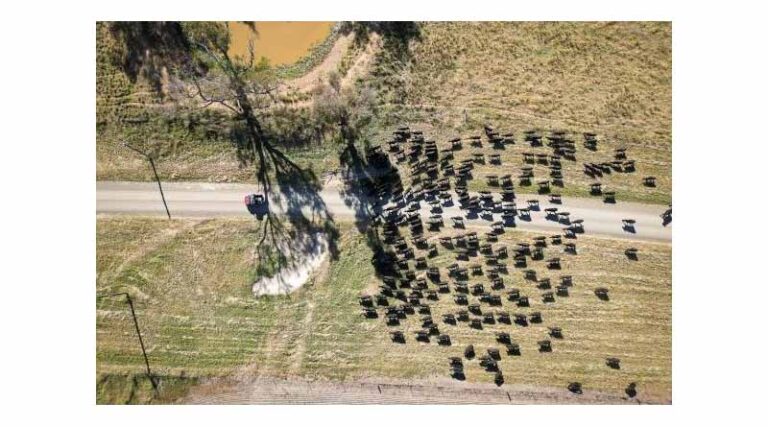
Australia Lifts Ban on US Beef Imports – What Now?
25 July 2025, Australia: The Australian and US Governments have reached agreement on a satisfactory protocol to allow entry for US and Canadian beef that is slaughtered in USDA approved facilities and can demonstrate full lifetime traceability as per Australian standards.
Protocols to accept US beef have been in place since 2019, provided the beef did not originate in Canada or Mexico. The US has now strengthened control measures enough to satisfy Australia’s original lifetime traceability requirements. It must be noted that US beef is exported globally and is accepted by north Asian countries who have stringent import protocols.
As a free trade nation that sends nearly $4 billion worth of beef a year to a nation which respects our protocols, we must accept its science-based protocols of equivalence.
That is the principle on which free trade is based and as an exporting nation we must be true to this principle.
Provided these are satisfied and there are effective systems in place to monitor, I agree with the Department of Agriculture, Forestry and Fisheries’ (DAFF) decision.
In practical terms, whenever the US has had access to our beef market they have at best exported a thimble worth of fresh or frozen beef, although they do export about 1000 tonnes of processed beef like jerky. Some commentators are erroneously suggesting these are fresh or frozen beef; there has been no fresh or frozen US beef imported into Australia for over two decades.
Currently US cattle values are twice that of Australian cattle, and increasingly the US is becoming a net importer as they try to rebuild their herd after years of drought. In my view, the US herd is in terminal decline and encouraged by Trump policies.
It is likely that US beef will become more expensive and less export competitive which will be a good thing for Australian exporters in markets outside of the US.
The US will still demand our beef because it is complimentary to its own lot-fed based production system, which allows it to add value to its fatty beef trimmings by combining it with our lean beef to produce hamburger patties.
As beef prices rise, the US consumer will eat less beef and shift to higher pork and poultry consumption. This is something we see during each rebuilding cycle as white meat production systems can respond quickly to increase production and improve its price competitiveness versus beef.
Trump’s immigration policies will most likely start to impact the meat processing sector which is already under enormous amounts of pressure from high cattle prices. I expect to see some rationalisation in this sector in the next year as it strips excess capacity.
The biggest risk I see from current trade policy issues is if the US imposes a prohibitive tariff on Brazilian beef which would expedite its efforts to gain access to north Asian markets. Currently Brazilian beef has no access to Japan or Korea because they have no established import protocols with Brazil. Brazil has only recently gained World Organisation for Animal Health (WOAH) ‘Foot and Mouth Disease free without vaccination’ status, which was a requirement for entry into Japan. Recently, there was a Japanese trade delegation seen in Brazil inspecting export facilities.
Also Read: Seizure of 1 Lakh Fake Fertilizer Bags Sparks National Concern Among Indian Farmers
📢 If You’re in Agriculture, Make Sure the Right People Hear Your Story.
From product launches to strategic announcements, Global Agriculture offers unmatched visibility across international agri-business markets. Connect with us at pr@global-agriculture.com to explore editorial and advertising opportunities that reach the right audience, worldwide.






